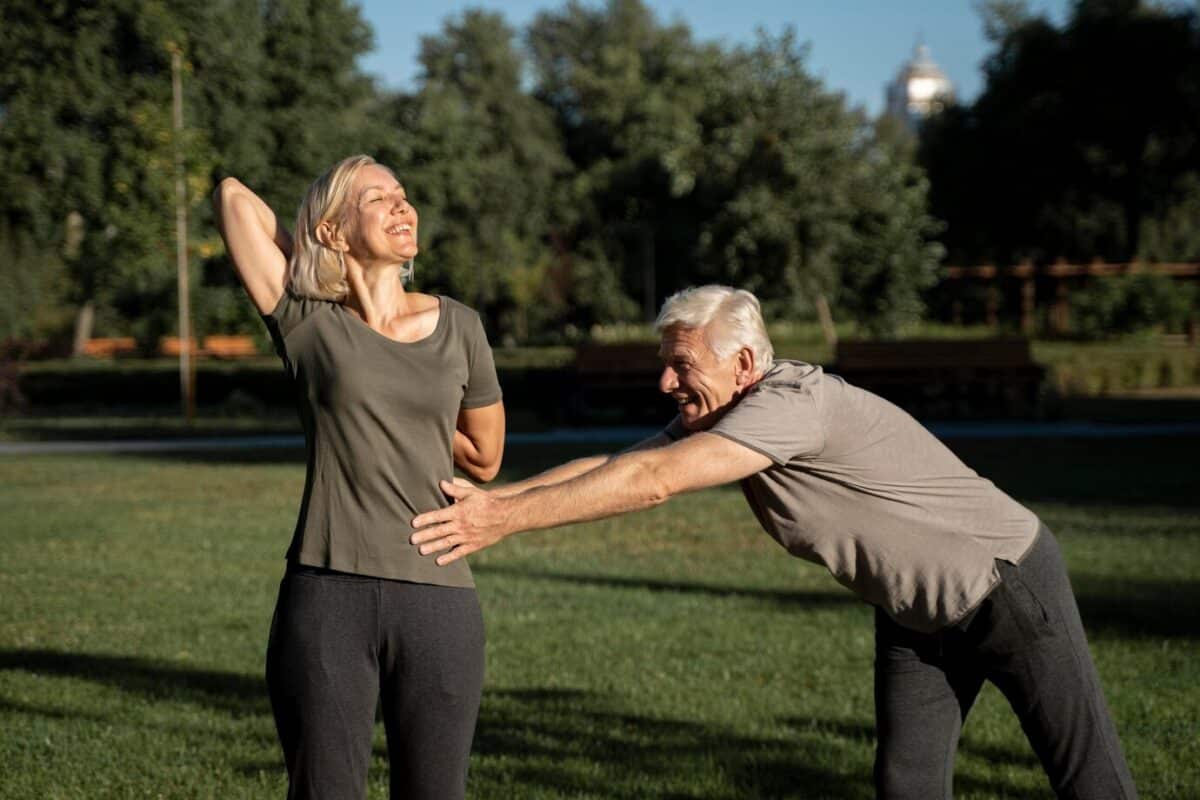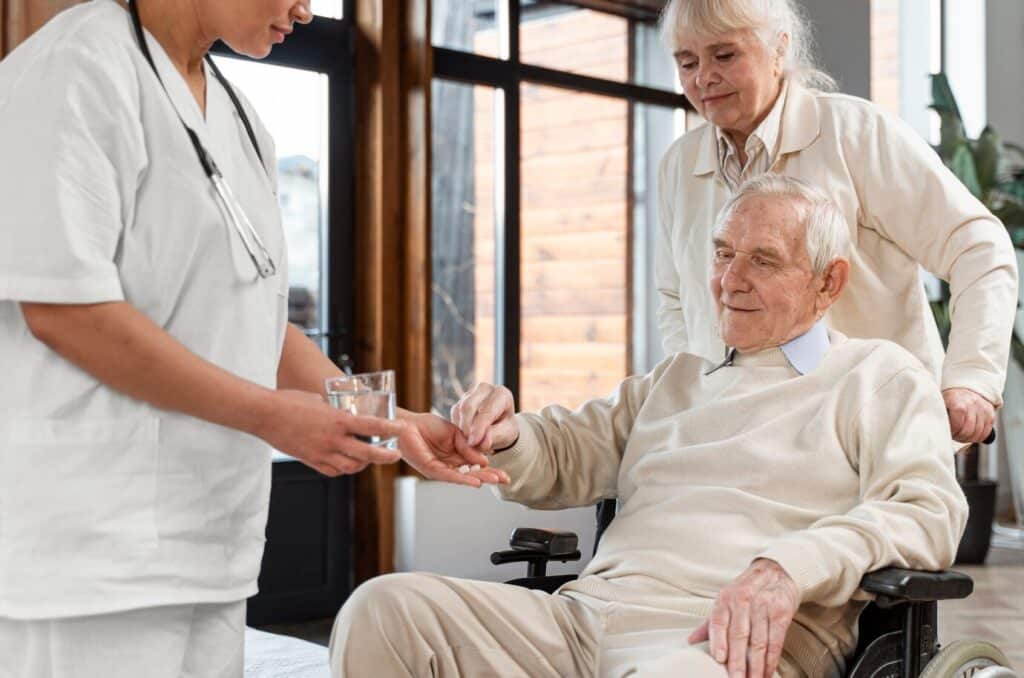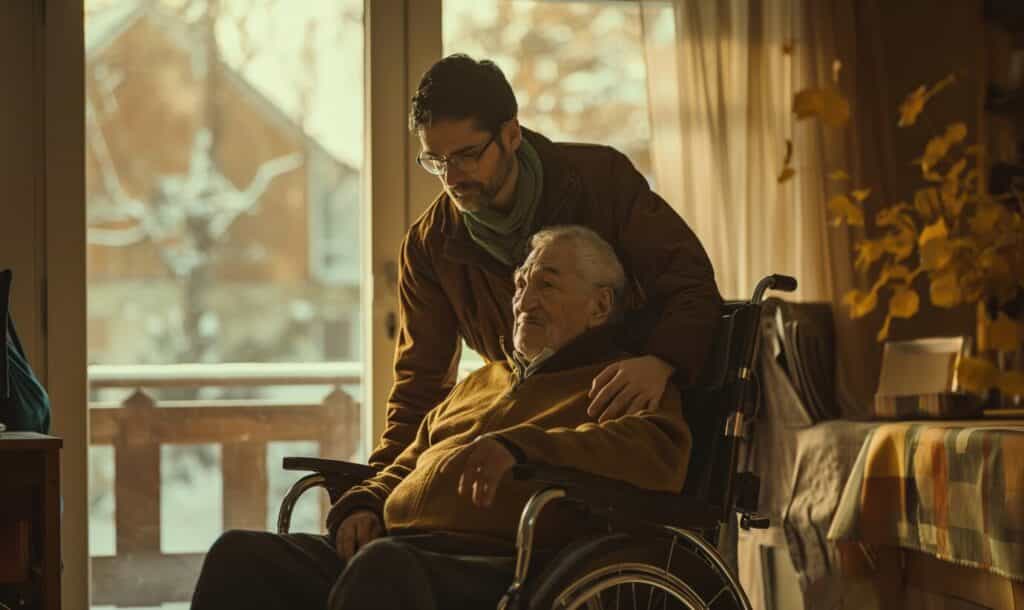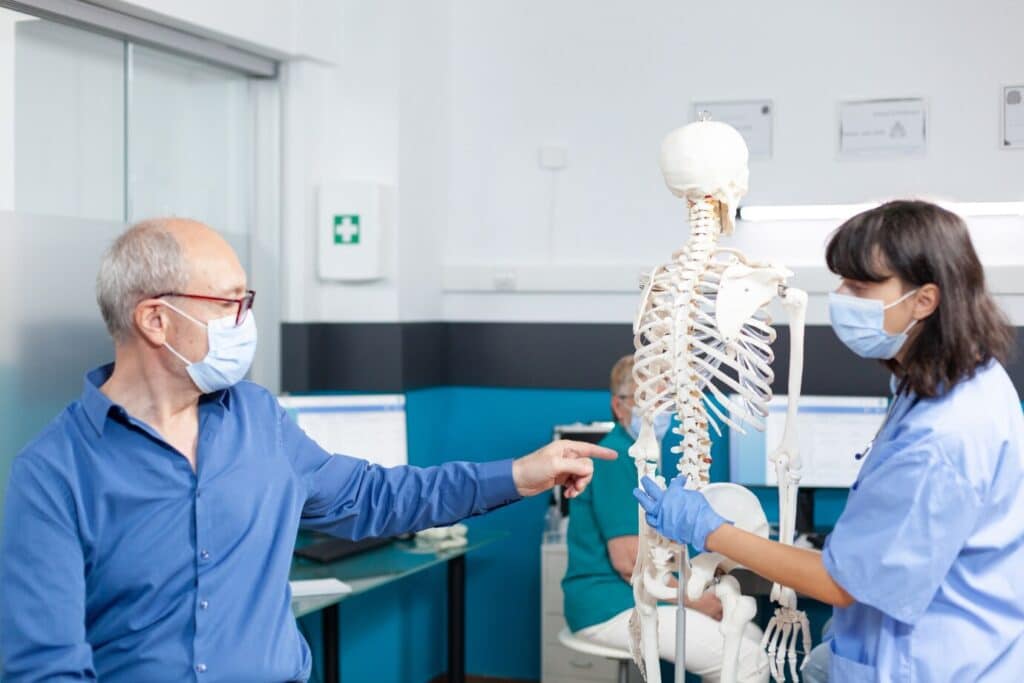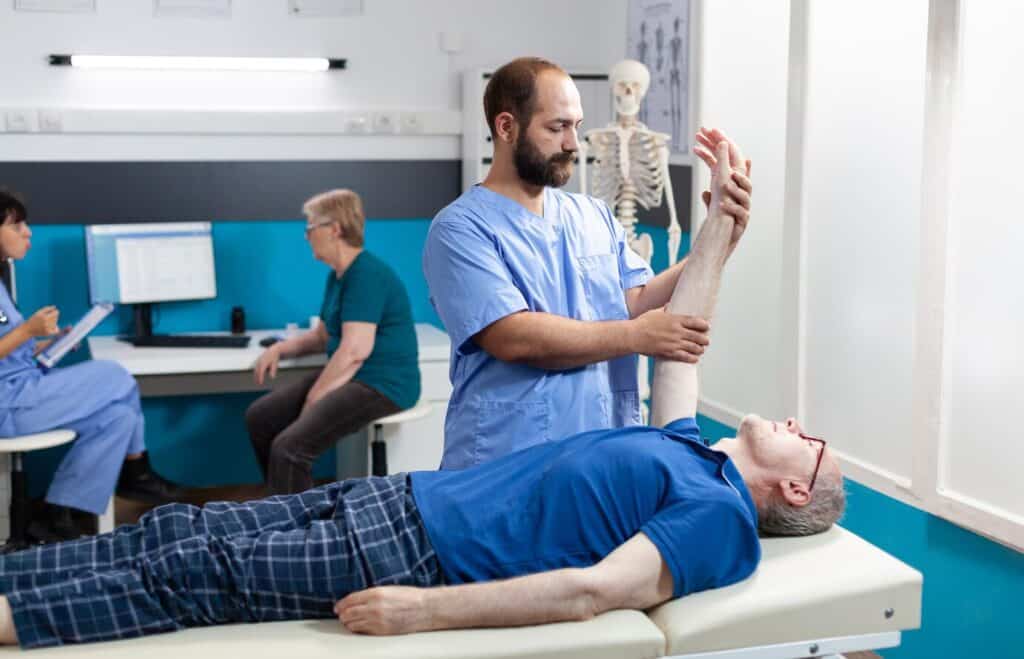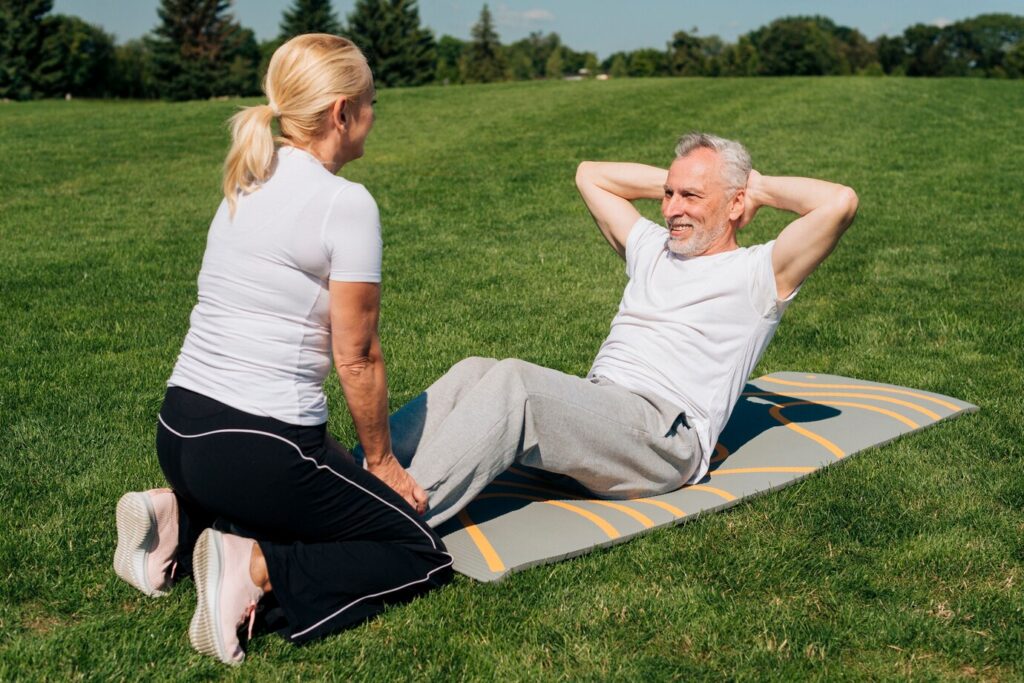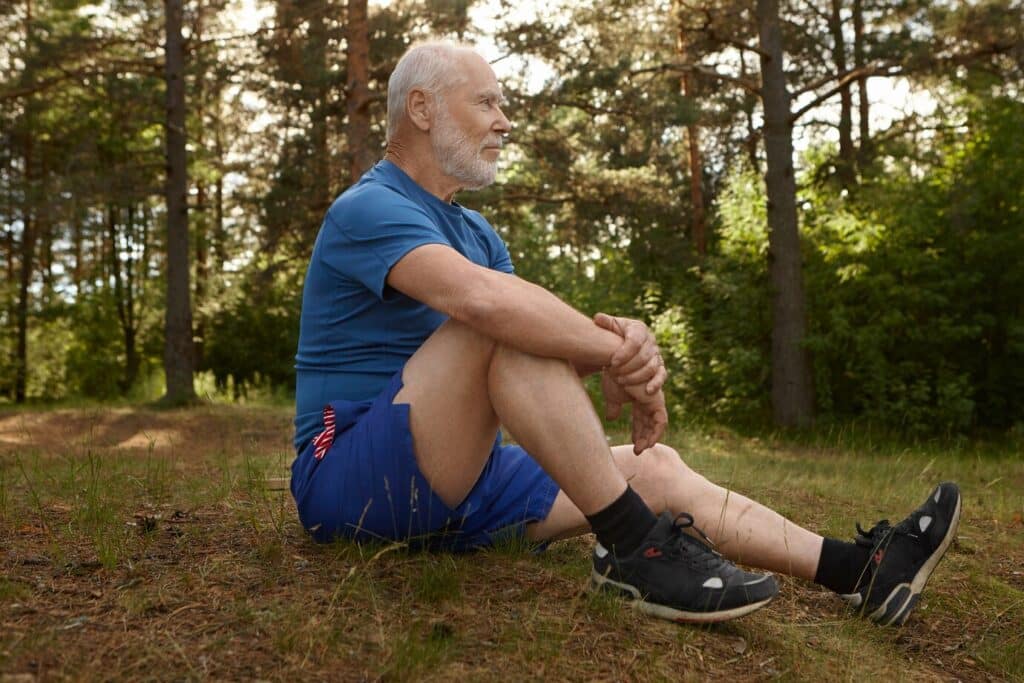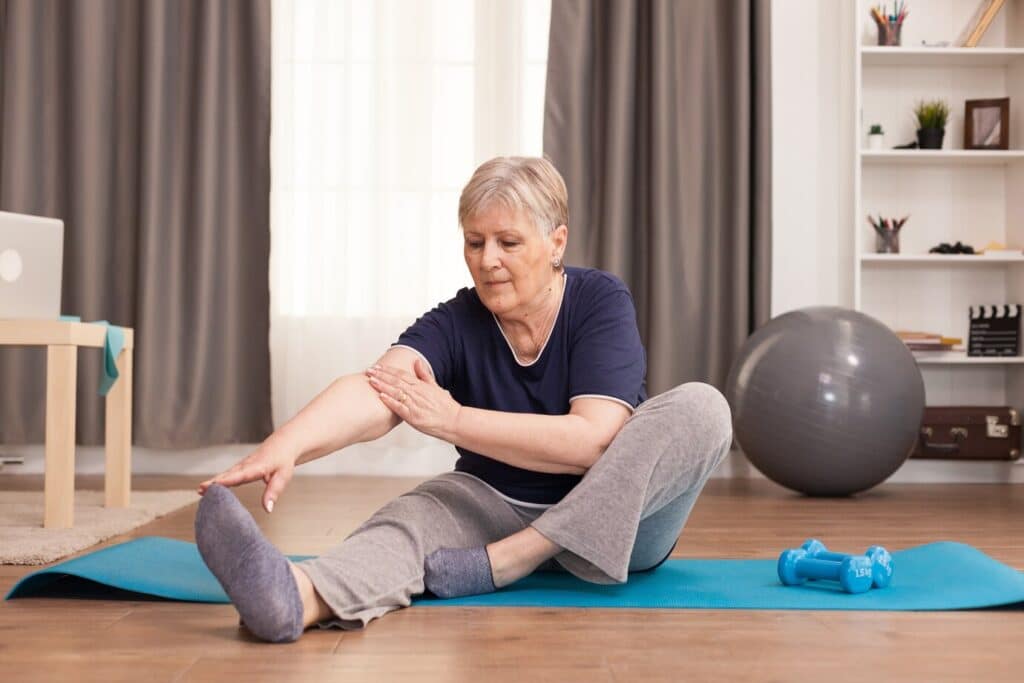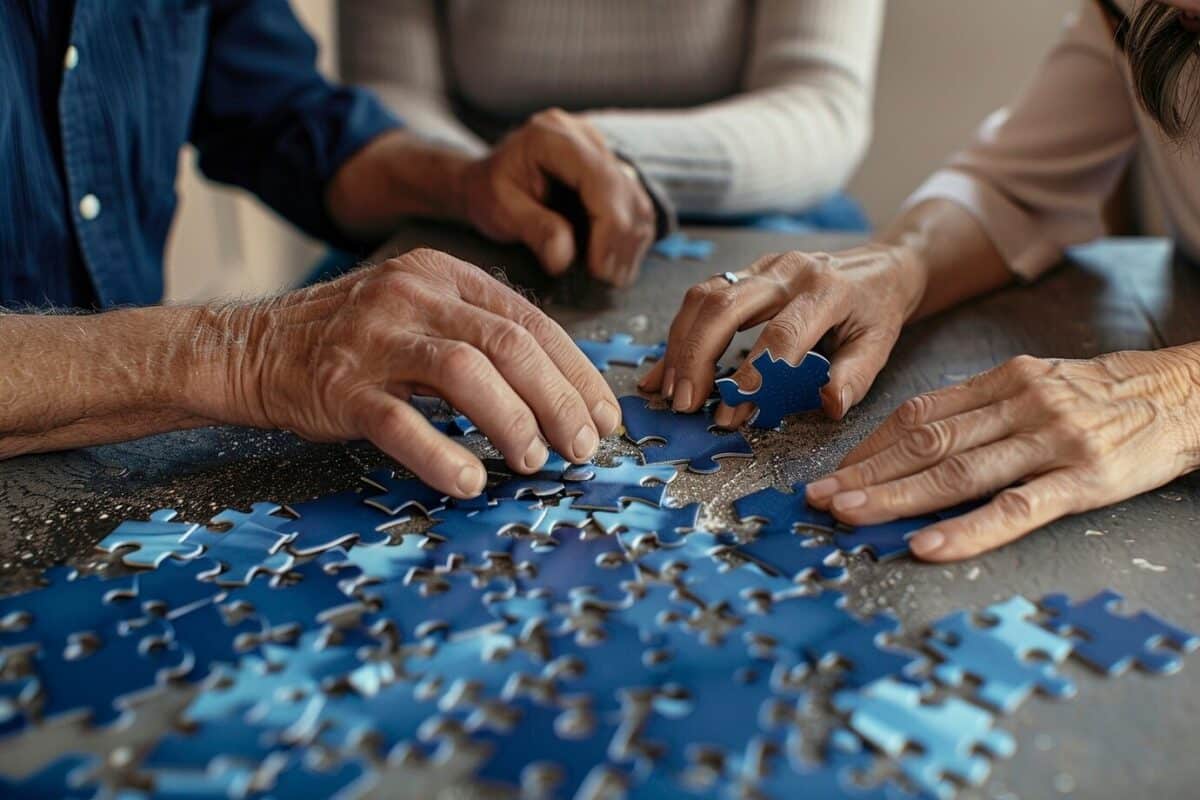Unlocking the Benefits of 30 Minutes of Exercise for Seniors
As you age, your body may not be as spry as it used to be, but that doesn’t mean you can’t stay active and healthy. Regular exercise is one of the best ways to keep seniors like you fit, both physically and mentally. At Westmont of Carmel Valley in San Diego, CA, we believe that 30 minutes of exercise a day can make a world of difference in your overall well-being. By incorporating moderate physical activity into your daily routine, you can boost your mobility, ease pains, improve heart health, and even enhance your mental well-being. So, what are you waiting for? Let’s get moving and unlock the benefits of 30 minutes of exercise for seniors!
Key Benefits of 30 Minutes Exercise for Older Adults
The benefits of regular exercise for older adults are numerous and well-documented. By incorporating just 30 minutes of moderate-intensity exercise into your daily routine, you can experience significant improvements in your overall health and well-being.
Improved Cardiovascular Health
Regular exercise is crucial for seniors to maintain a healthy heart. A 30-minute workout can help lower blood pressure, improve circulation, and increase cardiovascular health. This reduces the risk of heart disease, stroke, and other cardiovascular-related conditions.
Enhanced Cognitive Function
Health experts agree that exercise profoundly impacts cognitive function in older adults. Regular physical activity has been shown to improve memory, concentration, and problem-solving skills, reducing the risk of age-related cognitive decline.
It’s no secret that exercise has a profound impact on brain health. By incorporating physical activity into your daily routine, you can stimulate blood flow to the brain, promoting the growth of new neurons and improving overall cognitive function. This can help you stay mentally sharp and focused, even in old age.
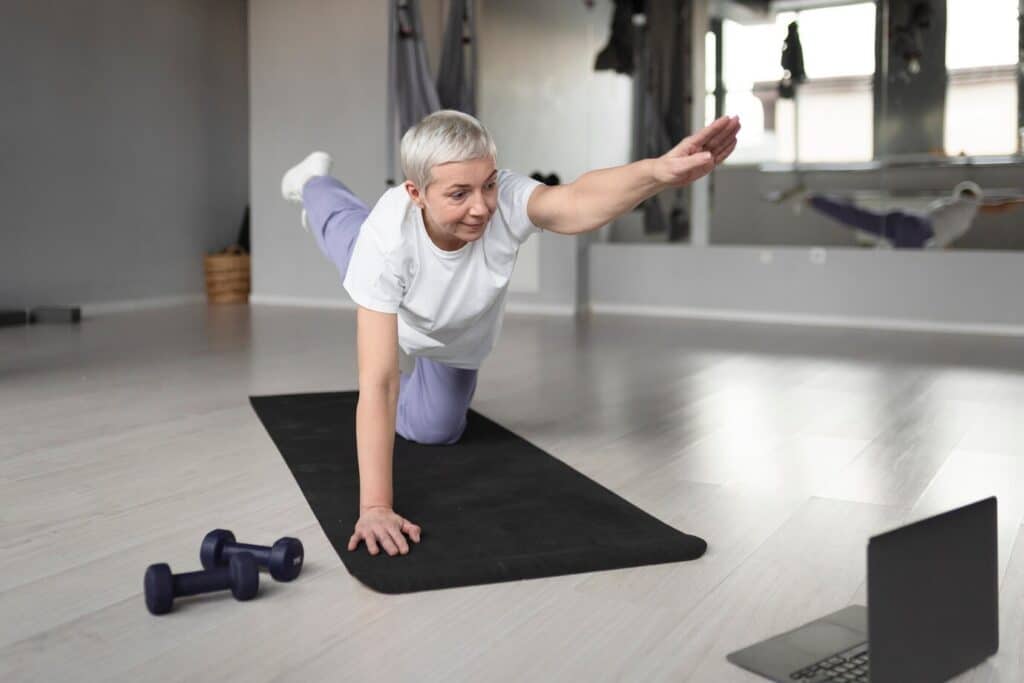
Enhanced Cognitive Function
Better Management of Chronic Conditions
The benefits of exercise extend far beyond cardiovascular health and cognitive function. Regular physical activity can also help manage chronic conditions such as diabetes, arthritis, and hypertension. By incorporating a 30-minute workout into your daily routine, you can better regulate blood sugar levels, reduce joint pain and inflammation, and lower blood pressure.
Conditions such as diabetes, arthritis, and hypertension can significantly impact quality of life. Exercising regularly allows you to control your health and reduce the risk of complications associated with these conditions. This can lead to a more active, independent lifestyle, even in old age.
Remember, it’s never too late to start exercising. Even small amounts of physical activity can significantly impact your overall health and well-being. So why not get started today? Contact Westmont of Carmel Valley at 858-465-7356 to learn more about our exercise programs for seniors.
What Exercises are Best for Older Adults?
It’s important to choose exercises that are suitable for your age and fitness level. As we age, our bodies undergo natural changes that affect our mobility, flexibility, and balance. The good news is that regular exercise can help mitigate these changes and improve overall health. According to the CDC, older adults can benefit from various exercises, including low-impact aerobics, strength training, and flexibility exercises.
Low-Impact Aerobics
Any exercise that increases your heart rate and improves cardiovascular health is considered aerobic. Low-impact aerobics are perfect for older adults, as they are gentle on the joints. You can try brisk walking, swimming, cycling, or dancing. These exercises are not only fun but also easy on the body. As mentioned in Benefits of Low-Impact Workouts for Older Adults, low-impact aerobics can improve heart health, reduce the risk of chronic diseases, and boost mood.
Strength Training for Bone Density
Older adults need strength training to improve bone and muscle strength lost due to aging. Contrary to popular belief, an aging body can still do weight training. The CDC recommends that seniors do muscle-strengthening workouts at least two days a week. A 30-minute exercise using bodyweight, light weights, resistance bands, or other equipment can strengthen the muscles, stop the bones from losing density, and improve balance in seniors.
The key is to start slowly and gradually increase the intensity. You can try exercises like planks, chair squats, and knee lifts with medicine balls. These exercises will help improve your overall strength and balance, reducing the risk of falls and injuries.
Flexibility Exercises for Mobility
Density is not just about bone density; it’s also about maintaining flexibility and mobility. As we age, our muscles, tendons, and ligaments lose flexibility, making it harder to move around. Flexibility exercises can help improve range of motion, reduce stiffness, and enhance overall mobility. Try yoga, Pilates, or simple stretching exercises to improve flexibility.
Flexibility exercises can also help reduce the risk of chronic diseases, such as heart disease and diabetes. By incorporating flexibility exercises into your daily routine, you can improve your overall health and well-being.

Flexibility Exercises for Mobility
Overcoming Barriers to Exercise
For many seniors, exercising regularly can be daunting, especially if they have underlying health conditions or concerns about their ability to perform physical activities. However, with the right mindset and strategies, overcoming these barriers and making exercise a sustainable part of your daily routine is possible.
According to the AARP, Daily Exercise Linked to Living Longer, finding ways to incorporate physical activity into your daily routine is vital, even if it’s just 30 minutes a day.
Addressing Common Fears and Concerns
Addressing your fears and concerns about exercising is crucial to overcoming barriers. Many seniors worry about falling, injuring themselves, or feeling embarrassed about their physical abilities. However, with the right approach, you can alleviate these concerns and focus on the benefits of exercise.
Finding Motivation and Accountability
You can stay committed to your exercise routine with the right motivation and accountability. Consider finding an exercise buddy, joining a fitness class, or working with a personal trainer specializing in senior fitness. Having someone to hold you accountable and provide support can significantly improve your motivation levels.
Overcoming the initial hurdle of getting started is often the most challenging part. Once you establish a routine, you’ll notice the benefits of exercise, such as increased energy levels, improved mood, and enhanced physical function. This, in turn, will motivate you to continue exercising and make it a sustainable part of your daily routine.

Finding Motivation and Accountability
Adapting Exercises for Limited Mobility
An essential aspect of overcoming barriers to exercise is adapting exercises to suit your mobility level. If you have limited mobility, it’s crucial to find exercises that can be modified to accommodate your needs. For example, chair yoga or seated exercises can be excellent ways to improve flexibility and strength without putting excessive strain on your joints.
Motivation is key when it comes to adapting exercises for limited mobility. Focus on finding exercises that you enjoy and that make you feel good rather than pushing yourself too hard. Note that every small step counts and even gentle exercises can significantly impact your overall health and well-being.
By addressing common fears and concerns, finding motivation and accountability, and adapting exercises for limited mobility, you can overcome barriers to exercise and make physical activity a sustainable part of your daily routine. At Westmont of Carmel Valley, we understand the importance of exercise for seniors and offer a range of fitness programs and activities designed to meet your unique needs and abilities. Contact us today at 858-465-7356 to learn more about our senior fitness programs and how we can help you achieve your health and wellness goals.
Incorporating Exercise into Daily Life
All it takes is 30 minutes of exercise daily to unlock a world of benefits for seniors. According to the National Council on Aging, “Exercise is a powerful tool that can help older adults stay healthy, mobile, and independent” (The Life-Changing Benefits of Exercise After 60). But how do you fit exercise into your daily routine?
Scheduling Exercises into Your Routine
With some planning, you can easily schedule 30 minutes of exercise into your daily routine. Try setting aside a specific time each day, such as right after breakfast or before dinner, to dedicate to exercise. You can also break it into shorter sessions of 10-15 minutes if that’s more manageable.
Finding Activities You Enjoy
Exercise doesn’t have to feel like a chore. Finding activities you enjoy can make all the difference in sticking to your routine. There are countless options, whether it’s yoga, Pilates, swimming, or dancing.
Life is too short to dread exercise. Experiment with different activities to find what brings you joy and makes you look forward to your daily routine.
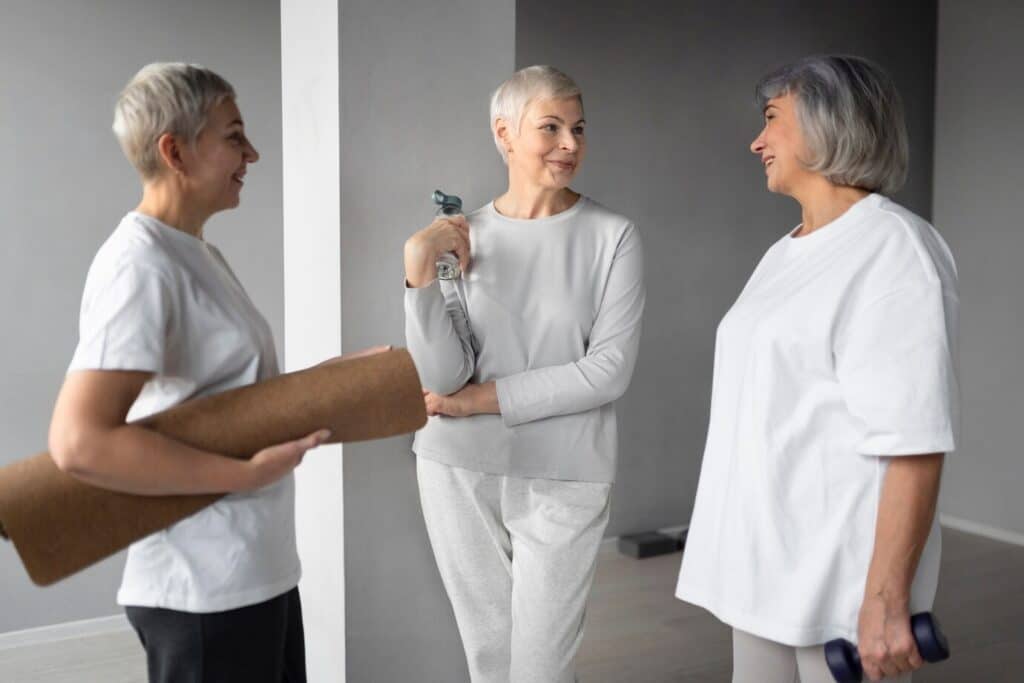
Finding Activities You Enjoy
Making it a Social Experience
An excellent way to stay motivated is to make exercise a social experience. Invite friends or family members to join you, or consider joining a fitness class or club. Not only will you have fun, but you’ll also have accountability and support to keep you going.
Making exercise a social experience can also help combat loneliness and isolation, common issues among seniors. By combining socialization with physical activity, you’ll reap even more benefits from your 30-minute daily routine.
Summing up
Conclusively, incorporating 30 minutes of exercise into your daily routine can be a game-changer for seniors. As we’ve explored, regular physical activity can prevent bone loss, relieve osteoarthritis pain, help prevent chronic diseases, boost immunity, and improve mood. Whether you’re into yoga, Pilates, aerobic exercises, or strength training, there’s an exercise routine that’s perfect for you. So, why not get moving? Contact Westmont of Carmel Valley at 858-465-7356 to learn more about their senior fitness programs and take the first step towards a healthier, happier you.



